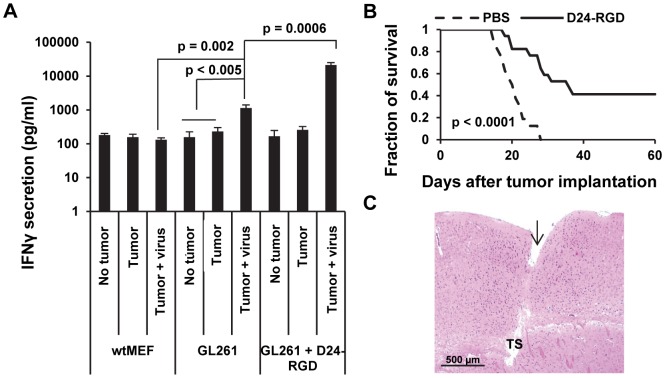Figure 4. Delta-24-RGD triggered anti-tumor immunity and prolonged the survival of glioma-bearing mice.
A. Delta-24-RGD was injected into the intracranial tumor on days 4, 7, 9 after tumor implantation. On day 15, the spleens of 4 mice from each group were harvested, grouped together, and the splenocytes were isolated and incubated with the indicated target cells (wt-MEFs, Gl261, or Delta-24-RGD-infected Gl261). Then, IFNγ secreted by the splenocytes was quantified by ELISA. No tumor: naïve mice; Tumor: mice with GL261-glioma; Tumor + virus: mice with GL261-glioma treated with Delta-24-RGD. Data are represented as mean ± S.E.; n = 3. P<0.05 (Student's t-test, double sided). B. Kaplan–Meier curves of overall survival of Delta-24-RGD–treated (n = 17) and PBS–treated (n = 16) glioma-bearing mice. P<0.0001 (Log-rank test). C. Histological examination of the brains from the long-term surviving Delta-24-RGD-treated mice. Shown is a close-up of a brain section from a representative mouse that was sacrificed 91 days after tumor implantation. The brain was fixed and stained with hematoxylin-and-eosin. Note the needle track (arrow) and tumor sequela (TS) in the implantation site.

